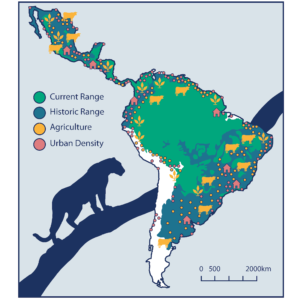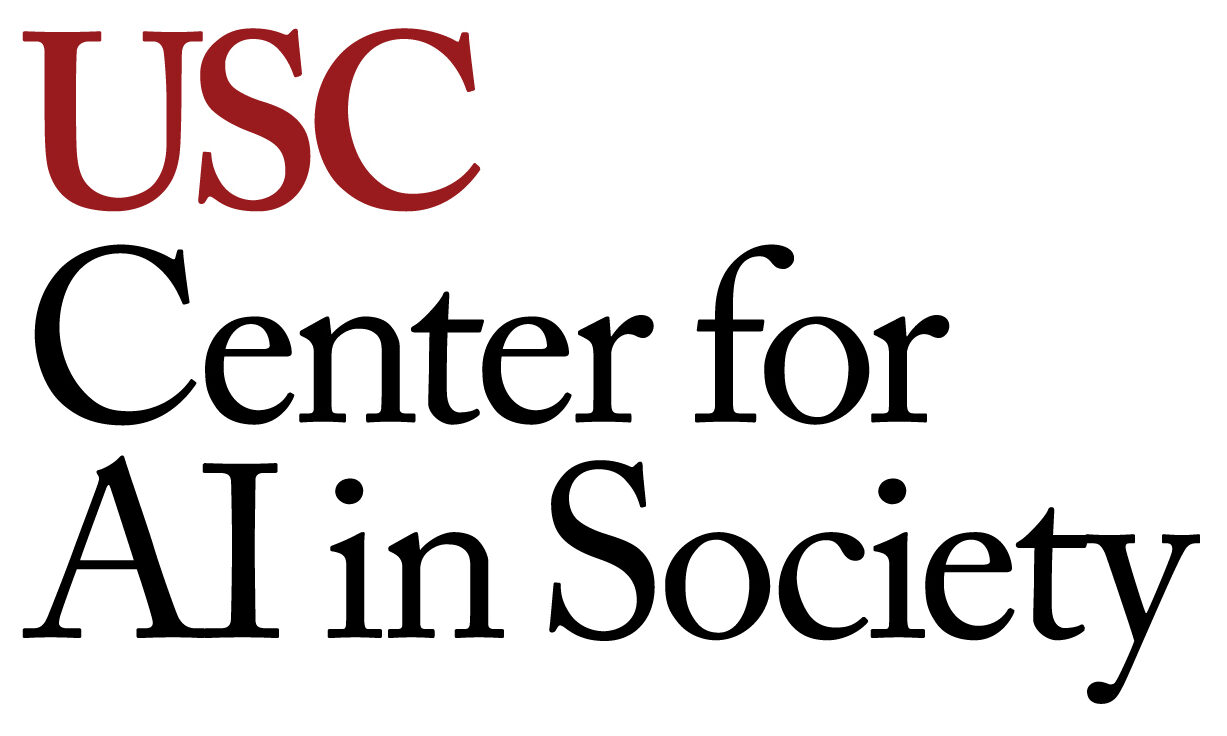Preserving Biodiversity via Robust Optimization
The current rate of species extinctions is estimated at 10 to 100 times greater than any of the prior mass extinction events in the history of Earth. Erosion of biodiversity due to human activity has been increasingly observed, and the persistence of many species is threatened by habitat loss due to human land use and climate change. One of the key strategies for preserving biodiversity is taking conservation actions over time, which require purchasing or leasing land to protect it from human-induced degradation.
Goals
Our goal is to model the conservation planning problem as a multi-stage robust optimization problem whose objective is to minimize the worst-case level of biodiversity loss to human degradation by the end of the planning horizon. We work with governmental and non-governmental organizations in designing data-driven robust conservation plans to preserve biodiversity based on 3 research questions:
1. How to better integrate climate data, human land degradation data, animal data, and habitat data to conduct biodiversity risk analysis and biodiversity preservation?
2. How to design robust biodiversity preservation plans that are able to adapt to climate change, to changes in strength and impact of natural disasters, to habitat loss, and to animal range shifts?
3. How to improve connectivity of the network of habitat reserves to enhance resilience of the biodiversity preservation plans?

Methods
We use a new class of data-driven optimization methodologies for assisting governmental and non-governmental agencies in taking strategic actions to preserve biodiversity by creating a system of habitat reserves. In this project, we study probabilistic models of human-induced degradation using historical land acquisition and development data. Then, we incorporate the data analytics in robust optimization models to (a) conduct biodiversity analysis, (b) identify key areas at risk of habitat loss, and (c) assist with long-term strategic conservation planning to preserve a maximum of habitats and species. This will lead to data-driven approaches for robustly protecting Earth’s habitats and species.
Specifically, we will work with domain experts to create i) Formulations that take into account the correlation between biodiversity across sites (land parcels for protection); ii) Formulations that consider specific species and aim to minimize the worst-case number of species lost to human development; and iii) Formulations where unused capital can be transferred from one period to the next.




